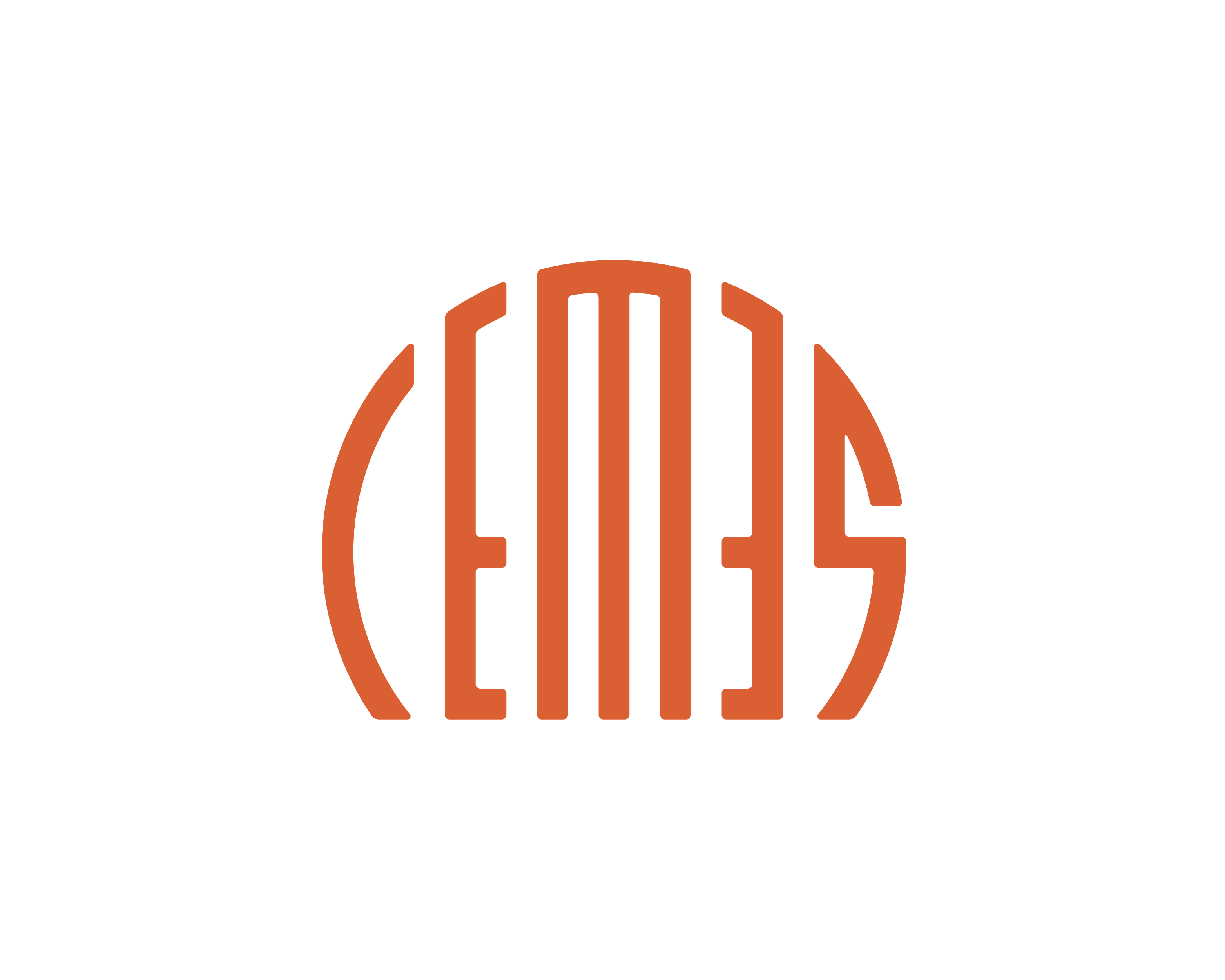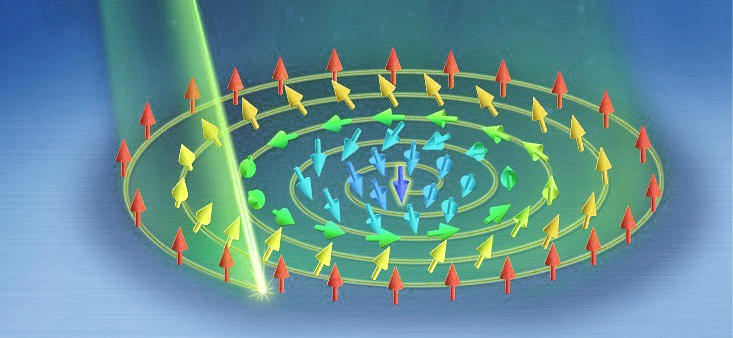Magnetic skyrmions, from theoretical modeling to applications
NANOSCIENCE

Lab: CEMES
Duration: NanoX master Internship (8 months part-time in-lab immersion)
Latest starting date: 15/01/2024
Localisation: CEMES - 29 Rue Jeanne Marvig, 31055 Toulouse
Supervisors:
Anne Bernand-Mantel bernandm@insa-toulouse.fr
This research master's degree project could be followed by a PhD
Work package:
Skyrmions, originally described by Skyrme in 1962, are topological solitons localized in space and which exhibit quasiparticle properties: they have a quantified topological charge, interact via attractive or repulsive forces and can condense in an ordered phase. The mathematical concept of skyrmion has spread to many branches of physics. In condensed matter, a revival of skyrmion physics was recently motivated by the experimental discovery of magnetic skyrmions [1]. These magnetic skyrmions are local vortices of nanometer-sized magnetization that can be stable at room temperature and controlled by a current or an electric field. These properties are very promising for applications in information technologies such as race track memories [2], magnetic logics, and stochastic and neuromorphic computation [3].
Context of the internship:
The nanomagnetsime team is specialized in the theoretical modeling and experimental characterization of magnetic nanostructures. The internship subject concerns the realization of 3D micromagnetic simulations of skyrmions. The intern will be accompanied to understand the micromagnetic models involved, and will bring his brick for the realization of simulations directly useful for our current publications in collaboration with a laboratory in New Jersey (USA). These simulations will be based on the GPU accelerated software Mumax3 [4] which is based on the theory of micromagnetism [5]. Our recent work on the theory of skyrmions [6,7] which consists of the development of analytical models allowing to predict the properties of skyrmions, allowed us to highlight open questions for which micromagnetic simulations are necessary. In particular, the aim is to study how these skyrmions begin to develop an internal structure as a function of thickness. The answer to this question is fundamental in view of applications because this structure would modify their dynamics. The internship may continue with a thesis and contain an experimental component.

References:
[1] N. Nagaosa et. al. Nature Nanotechnology 8 899 (2013)
[2] R. Tomasello et. al. Sci. Rep. 4 6784 (2014)
[3] D. Prychynenko et. al. Phys. Rev. Applied 9 014034 (2018)
[4] https://mumax.github.io/
[5] http://www.cmap.polytechnique.fr/~alouges/coursm2/book.pdf
[6] A. Bernand-Mantel et. al. https://arxiv.org/abs/1906.05389 (2020)
[7] A. Bernand-Mantel et. al. https://arxiv.org/abs/2110.08107 (2021)
Areas of expertise:
nanomagnetism, nanotechnologies, spintronics
Required skills for the internship:
General background in condensed matter physics including magnetism. A taste for modeling/numerical simulations is required.
